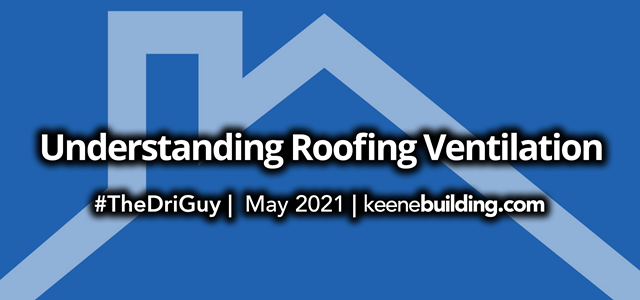
Roofing ventilation systems should not only extend the life of a roof but make homes healthier places to live.
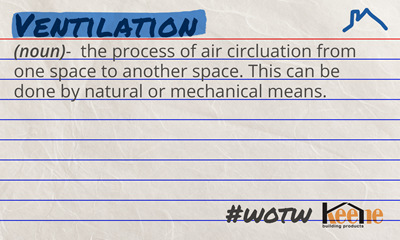 What is Ventilation?
What is Ventilation?
Ventilation is the flow of air through a system. Understanding how air naturally moves through a home helps us understand the simple task of exhaust and intake vents. Exhaust vents help remove stale air from an attic space while the intake vents bring fresh air into a home.
Why is installing a Roofing Ventilation System important?
Not only does a proper, long-lasting roof allow airflow and ventilation within the roofing system with a ventilated attic, but it helps protect the roofing system from the inside out. A proper roofing system that includes these ventilation and airflow properties will protect a home in virtually all climates and weather conditions.
To help you customer understand the importance of roofing ventilation, consider these points:
-Extends life of roof:
How? It helps prevent ice damming. An ice dam is a ridge of ice that forms at the edge of a roof, and preventing snow melt (water) from draining off the roof. The water that backs up behind the dam can leak into a home and cause damage to walls, ceilings, insulation, and other areas, which can lead to A LOT of damage.
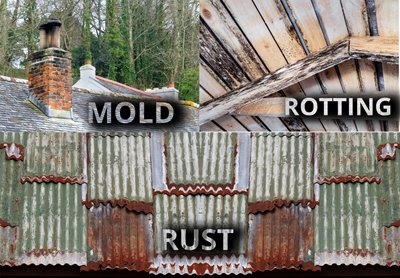
However, with proper ventilation and airflow, the warm air can escape BEFORE it has a chance to melt the snow and ice on your roof.
But what if you live in a warmer climate? How does ventilation extend the life of your roof?
Moisture buildup can cause rot, mold, rust, and more undesirable consequences.
-Reduces energy costs:
How? A properly ventilated roof allows heat to escape since it is adequately ventilated to event distribute airflow. This airflow helps reduce the workload of your air conditioner or heater, which ultimately means a lower electric bill. 😎
Which Roofing Ventilation Options are available through Keene?
When it comes to ensuring proper roofing ventilation, especially when preventing ice dams, mold, rotting, or rust, there is no better solution than Keene Building Products' Viper Ridge Vent™, Viper Intake Vent™, or Viper CDR Vent. At Keene Building Products, we create spaces. VIPER VENT SYSTEM is the latest example of this innovation at work. All VIPER VENT products use filter fabric with extra thick fibers providing clog-free performance. The UV-resistant filter fabric is 40% thicker than the industry standard. Combined, this allows the VIPER VENT Roofing System to provide superior airflow over its lifetime.
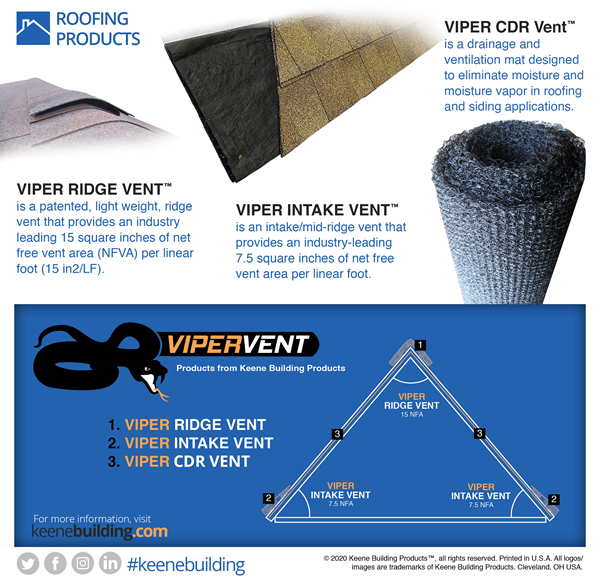
Below are the products within the VIPER VENT system:
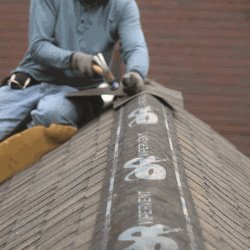
Ridge Vents are the most commonly installed exhaust vent. Since the ridge vent sits at the peak and runs across the roofline, they are in the best position to let hot air escape the attic space. This exhaust helps prevent mildew and eventually mold. Viper Ridge Vent™ is in conjunction with a full spectrum of roofing materials where the roof pitch ranges from 2:12 to 18:12.
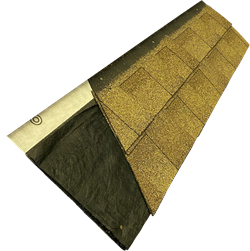
Keep in mind that a ridge vent/exhaust vent is useless without an intake vent involved in the roofing system.
Why? Because the air won't get very far! However, a Ridge Vent paired with an Intake Vent completes the natural airflow through the attic space & roofing system.
When combined, the Viper Ridge Vent™ and Viper Intake Vent™ provide 15 square inches of net free vent area (NFVA) per linear foot (15in²/LF) and 7.5 square inches of net free vent area (NFVA) per linear foot (7.5in²/LF) respectively. These products work in conjunction with a full spectrum of roofing materials where the roof pitch ranges from 3:12 to 18:12.
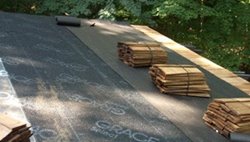
Keene also provides a solution for zinc roofing, cedar shingles, and shakes. Our Viper CDR Vent is a drainage and ventilation mat designed to eliminate moisture and moisture vapor in roofing and siding applications. CDR Vent™ is a 0.30-inch-thick drainage and ventilation mat. The product is from an extruded polymer matrix of tangled monofilaments, which are heat-welded at the junctions to form a structure that spaces roofing and siding away from the inner sheathing. CDR VENT is useful in cedar shingle/shake roofing and siding in which clean airspace is for ventilation and drainage.
How does airflow through the VIPER VENTTM System? 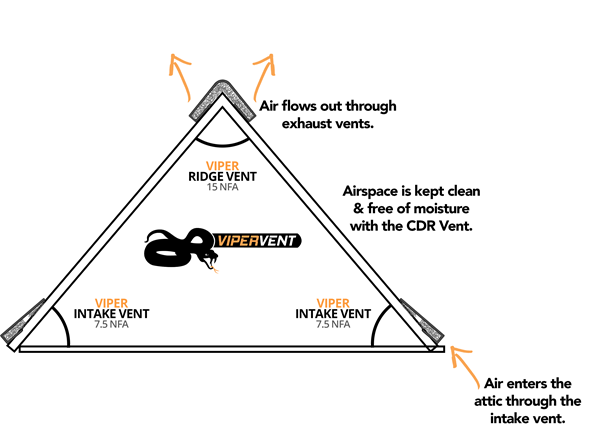
Contact Keene today to help you with your roofing ventilation and drainage needs.